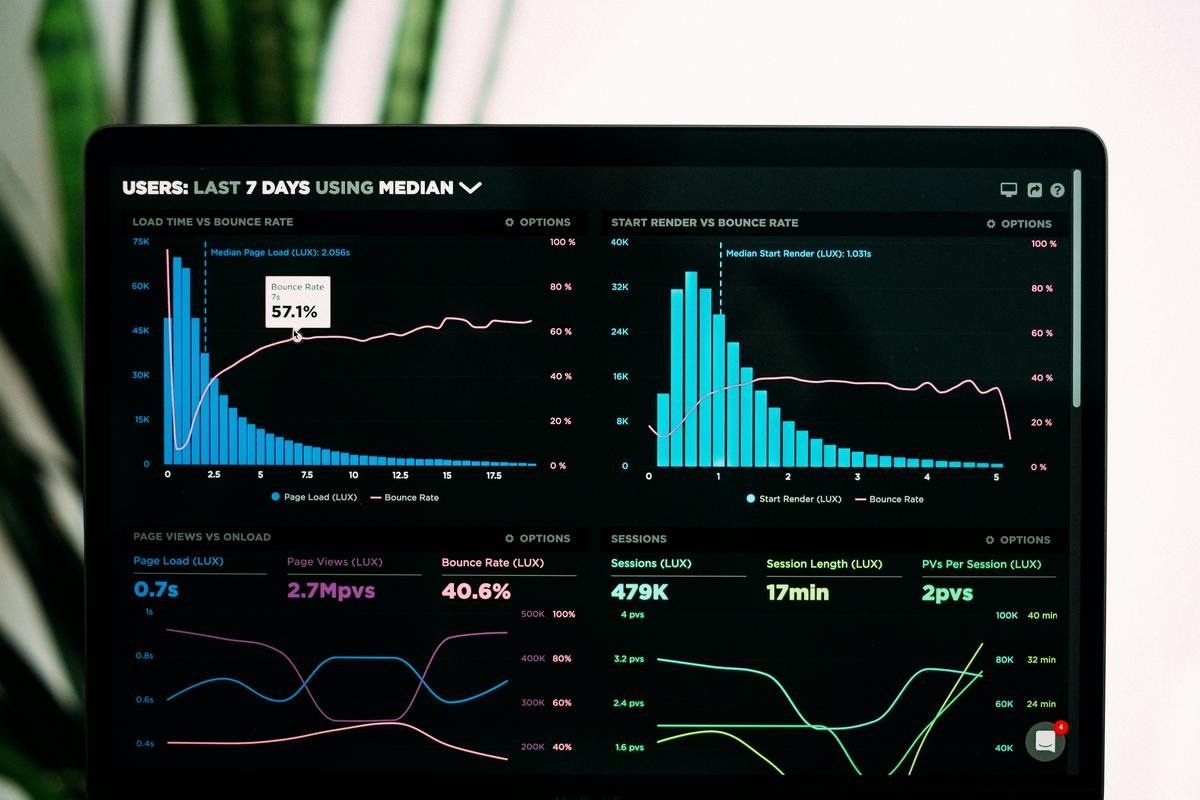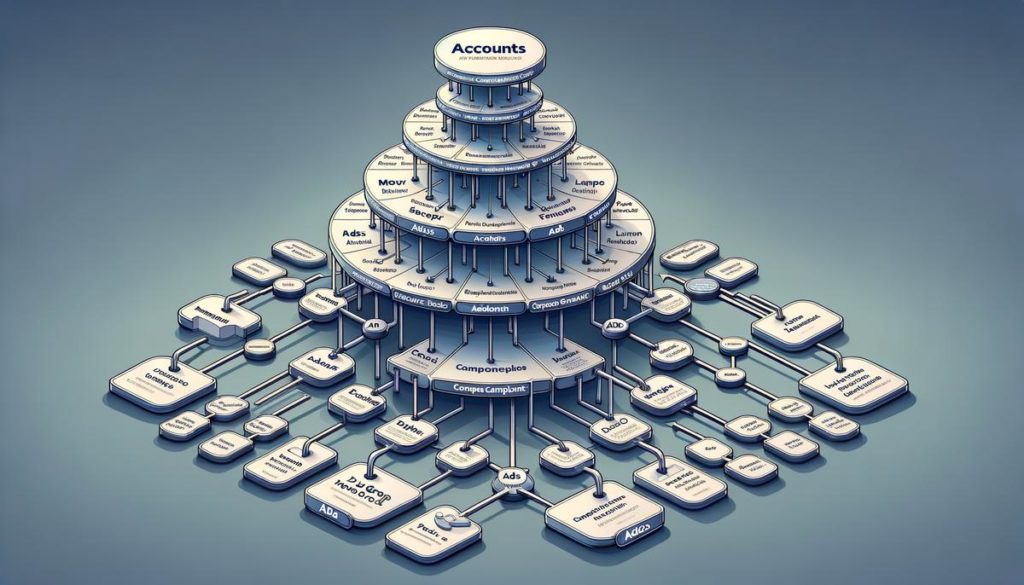Understanding the ins and outs of Pay-Per-Click (PPC) campaigns is critical for digital marketing success. This article sheds light on the pivotal elements such as campaign structure, keyword research, ad optimization, and success measurement techniques that contribute to effective PPC management. By exploring these fundamental components, advertisers can significantly enhance their campaign performance, ensuring that they reach their target audience with precision and efficiency.
Understanding PPC Campaign Structures
The structure of a Pay-Per-Click (PPC) campaign significantly influences its performance, acting as the foundation for how ads are organized, targeted, and delivered to potential customers. At its core, a well-structured PPC campaign ensures that ads are relevant to the search queries of the intended audience, thereby improving both click-through rates (CTR) and conversion rates. This begins with the division of campaigns into ad groups, which are collections of ads sharing the same target keywords. Each ad group focuses on a specific aspect of the offered products or services, allowing for more targeted and relevant ad copy and landing pages. This relevance is crucial, as search engines like Google reward it with higher ad placements and lower costs per click, making the ads more cost-effective and increasing their return on investment (ROI).
Moreover, keyword optimization within these ad groups plays a pivotal role. Selecting the right mix of keywords—considering their match types, such as broad, phrase, or exact match—enables advertisers to refine how closely the user’s search query must match the ad’s keywords before being displayed. This precision helps in attracting the most relevant traffic to the ad, which is more likely to convert. Furthermore, ad extensions and negative keywords contribute to the efficiency of PPC campaigns by providing additional information and preventing ads from being shown for irrelevant searches, respectively. As such, the structural components of a PPC campaign—from its hierarchical organization to the strategic selection of keywords and use of ad extensions—act synergistically to enhance ad visibility, user engagement, and ultimately, the overall performance of the campaign. By meticulously structuring their PPC campaigns, advertisers can significantly influence the outcome of their digital marketing efforts, ensuring a higher rate of success in reaching their desired audience with the right message at the right time.

Keyword Research for PPC
Keyword research is a cornerstone in the realm of Pay-Per-Click (PPC) marketing, acting as the guiding light for businesses aiming to position their ads in front of the right audience. By deeply understanding the specific terms and phrases potential customers are using in their online searches, marketers can craft highly targeted ads that resonate with the searcher’s intent. This strategic alignment between user search intent and ad content not only ensures the ads are seen by those most likely to convert but also significantly improves the click-through rates (CTRs). Enhanced CTRs are indicative of the ads’ relevance to the users’ queries, which, in turn, has a profound impact on the Quality Score assigned by search engines. A higher Quality Score can lead to lower costs per click (CPC), enabling advertisers to allocate their marketing budget more efficiently while reaching their desired audience effectively.
Beyond steering the ads to appear for the most relevant searches, keyword research also unveils valuable insights into market trends and consumer behavior. It allows marketers to stay ahead of the curve by adapting their PPC campaigns to reflect evolving search patterns and interests. For instance, seasonal fluctuations in keyword popularity can inform businesses when to ramp up their advertising efforts for certain products. Moreover, by analyzing the performance data of different keywords, advertisers can continuously refine their PPC strategy. This ongoing optimization process involves expanding the keyword list to include new, high-potential keywords while eliminating those that underperform. Through this meticulous and iterative approach to keyword research, PPC marketing campaigns can achieve greater efficiency, driving higher returns on investment and contributing significantly to a business’s overall marketing success.

Optimizing PPC Ads
Optimizing PPC ads for higher conversions also demands an acute focus on crafting compelling call-to-actions (CTAs) and continuous testing and analysis. The CTA is your ad’s lever; it guides users on what to do next—whether it’s to make a purchase, sign up for a newsletter, or learn more about your offerings. Thus, it needs to be clear, persuasive, and relevant to the searcher’s intent. For instance, a CTA like “Buy Now and Save 20%” directly addresses users ready to make a purchase, adding urgency and incentive. Incorporating such targeted CTAs can significantly enhance the conversion rate of your PPC ads, as they align closely with the users’ conversion-ready stage in their buyer’s journey.
Furthermore, the success of a PPC campaign heavily relies on the ongoing process of testing and analytics. This involves continuously monitoring ad performance, including click-through and conversion rates, and making informed adjustments. A/B testing, or split testing, plays a pivotal role here, allowing advertisers to compare different versions of their ads or landing pages to determine which performs better. By systematically testing variations in ad copy, CTAs, or even images, marketers can glean insights into what resonates most with their target audience. Coupled with a rigorous analysis of metrics provided by ad platforms and analytics tools, these practices enable advertisers to fine-tune their campaigns for optimal performance, ensuring that every dollar spent on PPC is an investment towards higher conversions.

Measuring PPC Success
In assessing the effectiveness and success of PPC campaigns, cost metrics play a pivotal role, notably Cost Per Click (CPC) and Cost Per Conversion/Acquisition (CPA). CPC measures the amount paid each time a user clicks on an ad, providing a clear picture of the cost-effectiveness of bringing traffic to a website. By monitoring CPC, advertisers can optimize bidding strategies to ensure they’re not overspending for clicks that don’t convert into valuable actions. Equally critical is the CPA, which takes into account the cost associated for every conversion – whether it’s a sale, a sign-up, or another predefined goal. A lower CPA indicates a higher return on investment (ROI), signaling that the campaign is not only attracting clicks but is successful in converting those clicks into meaningful outcomes. By keeping a keen eye on both CPC and CPA, advertisers can adjust their PPC campaigns to balance between attracting high-quality traffic and maintaining budget efficiency.
Another indispensable metric is the Click-Through Rate (CTR), which serves as a direct indicator of how relevant and compelling your ads are to your target audience. A high CTR means that a significant percentage of people who see your ad are motivated to click on it, suggesting that the ad is relevant and resonates well with viewers. This metric is crucial for understanding the overall appeal of your ads and can also influence your Quality Score in search engine advertising platforms like Google Ads. A better Quality Score can lead to lower costs and better ad placements. By analyzing CTR in conjunction with conversion data, advertisers can discern not just the allure of their ads but also their effectiveness in driving targeted actions. In essence, fine-tuning for a high CTR while keeping an eye on conversion efficiency allows for refining PPC campaigns towards achieving both immediate engagement and long-term business objectives.

Photo by lukechesser on Unsplash
As we delve into the intricacies of PPC advertising, it becomes evident that success hinges on a deep understanding of campaign structure, meticulous keyword research, continuous optimization, and vigilant measurement of outcomes. These strategies, when executed effectively, empower advertisers to craft campaigns that not only captivate the intended audience but also achieve meaningful results. Through diligence, analysis, and refinement, achieving a higher return on investment and making every marketing dollar count becomes not just an aspiration but a tangible reality.

